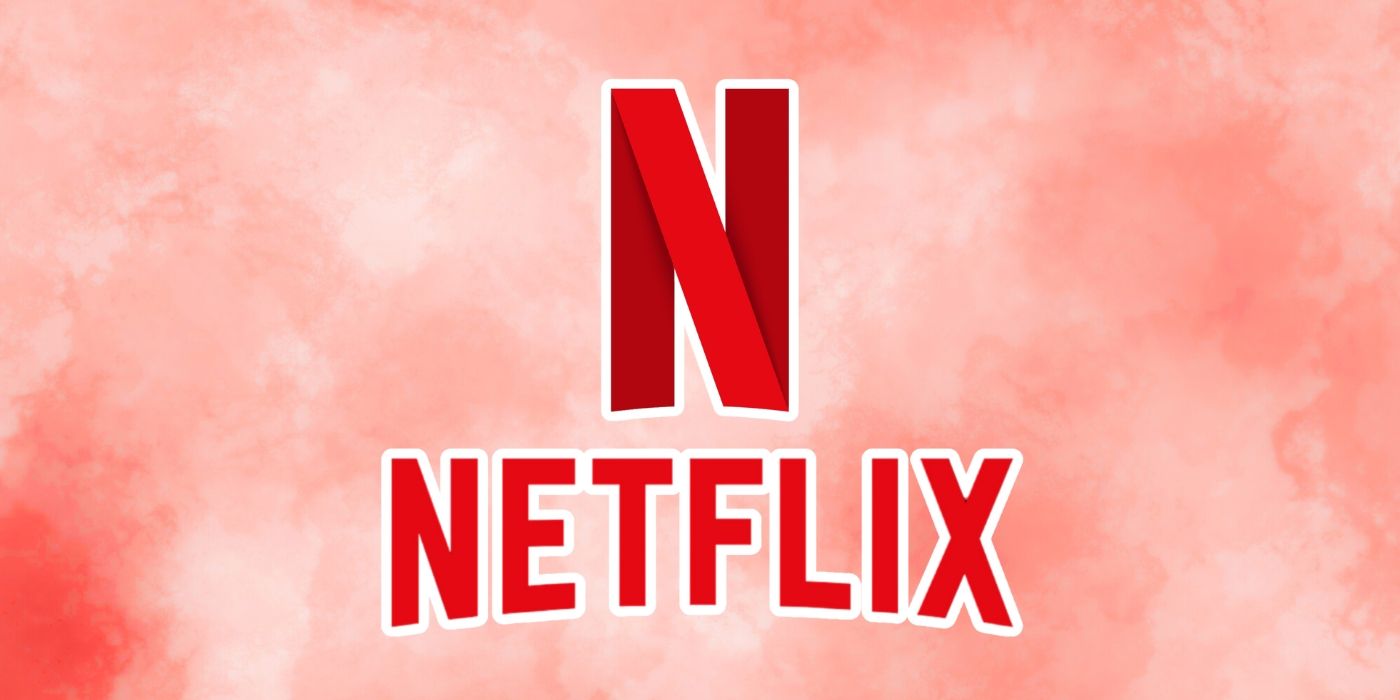Investing in early-in-career talent is vital to win the AI race

As the AI era accelerates, some leaders have predicted a wipeout for entry-level white-collar jobs. I understand these concerns as unemployment rates rise for U.S. college graduates. But cutting early-in-career (EIC) talent isn’t a transformation strategy. It’s the start of a slow-motion collapse.
AI is fundamentally changing how we work. People will increasingly oversee more AI agents, changing the way we think about teams. Business leaders must shape what’s next—not shrink from it.
From job elimination to job evolution
EIC employees are AI natives who are already leading the transformation. They intuitively engage with tech, bring creative agility, and have the curiosity needed to thrive in fast-changing environments.
According to the World Economic Forum, job loss between 2025 and 2030 will be more than offset by new roles, leading to a net gain of 78 million jobs. As some roles and tasks phase out, new ones emerge that require skills like AI and data fluency, creative thinking, resilience, and curiosity.
If we don’t protect and modernize the EIC pipeline, we risk widening the skill gaps and stalling the impact and ROI of AI solutions. EIC talent will be tomorrow’s leaders, so we need to build pathways for them today.
The demographic and leadership imperatives
The talent pipeline is narrowing just as the pace of transformation is accelerating.
U.S. birth rates are declining. Fewer 18-year-olds are entering the workforce. Higher education costs are skyrocketing, and many high school graduates are choosing two-year and technical degrees or trade jobs.
That makes every EIC hire even more valuable.
HR leaders help define the structure of the workforce and manage payroll—the largest line on the profit and loss statement—so where we invest matters. EIC roles are often the smartest entry point for workforce planning.
We need to build AI-first cultures rooted in continuous learning, with roles that fuel business and personal growth. That means doubling down on equipping early-career talent with the skills, creativity, and adaptability to lead AI-powered organizations. And our succession pipelines must prioritize leadership capabilities like AI fluency, orchestration, and human-centered change management.
That means focusing on these key steps:
- Reimagine strategic workforce planning
As leaders, we must identify the skills AI won’t replace and the skills that matter most to our businesses—from programming and UX design to collaboration, creative problem solving, and empathy. Then we should map those skills to evolving roles. For example, if AI handles research, an entry-level role could evolve into a prompt engineer or curator. Other future roles could include AI safety and ethics coordinators and AI agent trainers for front line workers.
- Design new rotations and exposure
Companies that invest in internships build future-ready talent pipelines. Internships today are table stakes. To stand out, we need to build rotational programs, apprenticeships, and real-world experiences that give EIC hires exposure across the business. Reverse mentoring, for example, could give EIC talent a chance to connect directly with senior leaders, while giving those leaders a window into AI-native thinking.
The goal is to retain top talent by creating a culture of growth, mobility, and connection. With clear goals, meaningful work, strong managers, and real learning experiences, EIC talent has the chance to thrive and drive innovation. At ServiceNow, 95.6% of our interns accepted our full-time offers in 2024, proof of meaningful investment.
- Embrace AI-first learning for growth and retention
Retaining top talent, especially early-in-career talent, starts with listening followed by meaningful action. Sixty-five percent of EIC workers say they’d stay at least four years at a company if it offered robust development opportunities. We need to show EIC talent how they can grow, and design learning that matches their curiosity.
EIC employees expect learning to be personalized, bite-sized, and built into the workflow. That’s why we launched ServiceNow University—to train our employees and the broader technology ecosystem. It’s working: EIC hires at ServiceNow have a 7% lower attrition rate in their first two years than their peers.
The long game: Invest in young talent and AI
Leaders don’t need to decide between cutting costs and investing in the future. They can do both when they focus on transforming the workforce.
Organizations that lead with intention—those that rethink roles, invest in AI enablement, and reimagine EIC talent—will attract the best minds and shape the next era of innovation.
We all have a lot to learn in this new world, and we should evolve our strategies as we go. But EIC employees are essential. Their fluency with technology, drive to learn, and creative edge are exactly what we need to build the future. We can’t afford to sideline them.
Committing to EIC talent will require a lot of hard work and vision, but with the right strategy, it is possible.
Jacqui Canney is chief people and AI enablement officer at ServiceNow.
What's Your Reaction?
 Like
0
Like
0
 Dislike
0
Dislike
0
 Love
0
Love
0
 Funny
0
Funny
0
 Angry
0
Angry
0
 Sad
0
Sad
0
 Wow
0
Wow
0


.jpeg?width=1200&auto=webp&trim=0,100,0,100#)


















































![Big Brother Recap: Rachel’s HOH Sends [Spoiler] Packing](https://tvline.com/wp-content/uploads/2025/08/big-brother-live-eviction-week-6.png?#)







































